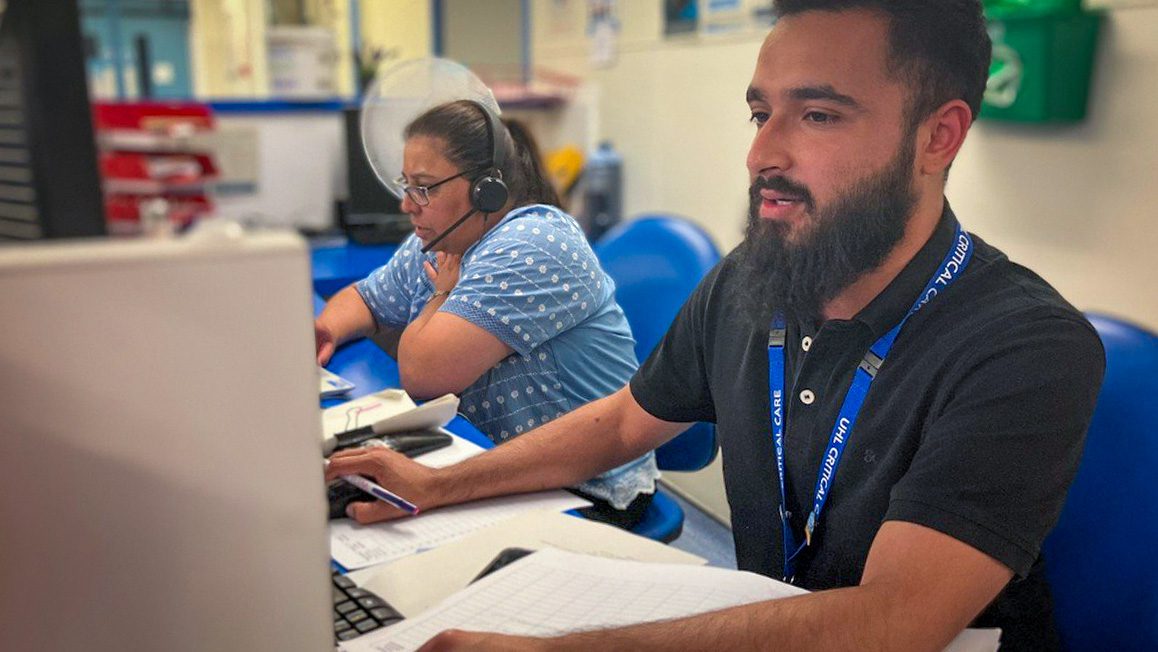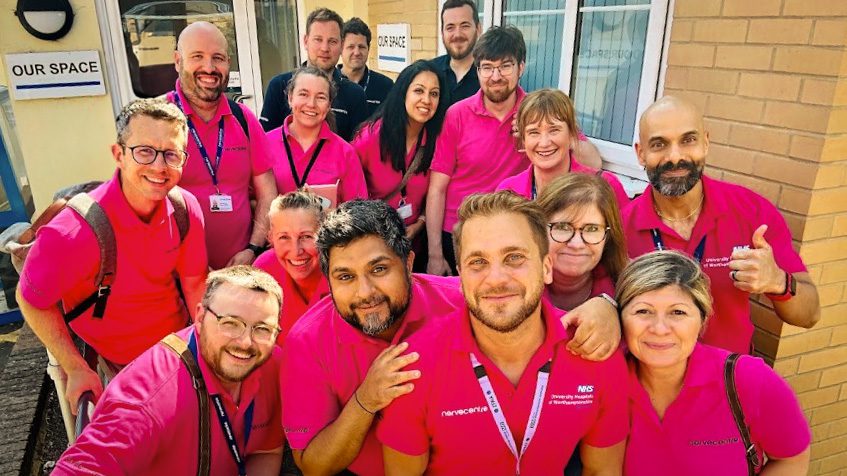Following on from the recent World Sepsis Awareness Day, and the excitement of our imminent version 3.0 software release, introducing a unique approach to the early detection and intervention of sepsis, here is a background on the condition, the importance of early intervention in its treatment, and why early detection in a hospital is challenging.
Sepsis can be severely debilitating or at worse fatal. It is also a condition that does not discriminate between age, gender or location. Whilst new born babies, the elderly and those with compromised immune systems are the highest risk groups, sepsis can affect anyone of any sex and at any age, making it a condition that worldwide could be a very real threat to anyone.
Around 100,000 people in the UK every year are diagnosed with sepsis and around 37,000 people die as a result of the condition. But what causes it? Usually sepsis occurs if the body is unable to fight a localised infection in one part of the body due to either the severity of the infection or a compromised immune system. When this happens wide spread inflammation caused by chemicals in the blood cause deranged clotting and reduction of blood flow to the organs causing them to fail. If diagnosed and treated in the first hour following presentation, the patient has more than an 80% survival rate but after 6 hours this falls to a 30% chance of survival.
For years we have all known about the deadly killer and many advances have been made to try and improve both recognition and treatment of the condition. I was part of a sepsis committee several years ago, at this time sepsis was really gaining wider recognition and across the NHS trusts were really starting to make headway with the help of NICE guidelines and use of SIRS criteria to identify and commence early treatment for patients where sepsis was a likely suspected diagnosis. I was privileged to work with some amazing clinicians educating our staff and changing the way we assessed patients and subsequently how we reacted to this recognition. Coming from an out of hours background and working within a team that was constantly stretched with very low numbers of staff it was particularly pertinent to me that we gave our patients the best chance of early detection by the way we acted (but all too often reacted) to the identification of sepsis. With the introduction nationally of SIRS (Systemic Inflammatory Response Syndrome) criteria as a means of identifying potentially septic patients and the use of sepsis tool kits to help implement the ‘Sepsis 6’ bundle there was a definite shift in awareness.
The physiological signs that can be detected even in the early stages of sepsis are indicators to look more closely at other results such as pathology but equally the reverse is true. If a shift in blood results that could indicate infection is noticed then the patient’s physiological status requires revaluation. The need for real time information reflective of the current patient status is crucial in order to make the most informed decisions.
Though sepsis has gained the publicity it requires, has been placed on a national pedestal with the recent introduction of the sepsis CQUIN, and medical research advancements have strengthened how we treat it, the mortality rate for sepsis is still far too high. The cold reality of why, is because despite our best efforts the detection just isn’t timely enough. Clinicians just don’t have all the facts in order to diagnose and treat quickly enough. Generally by the time a patient shows even the first physiological signs of sepsis (providing that this is picked up) escalation to the medical team and further investigation is usually required, sending bloods to the labs then relying on very busy clinicians to log into pathology results systems to follow up. This process has potential to fail at every point sadly, because in an always stressed and pressured environment it relies on nurses and doctors to be 100% right 100% of the time and as humans we are fallible. Whether it be at point of a presentation with a slightly raised temperature being overlooked because the patient still looks well or at the point that a set of bloods have been sent but nobody has a chance to chase them for a number of hours, our patients wait with a ticking time bomb until the sepsis presents in a far more visible way. Often by this time the sepsis has progressed, is far harder to treat and has a far higher chance of death. These are problems that mobility of information can fix. Results as they happen, accessible in your hand and alerted to the correct clinician would help close down that time delay and the deterioration to the patient’s condition those precious minutes or hours cause.
When detected early the treatment for sepsis is broad spectrum antibiotics to fight the infection, fluids to prevent dehydration and kidney dysfunction and oxygen if required. Down the line a more focused antibiotic can be given once the specific bacterium has been identified. That all seems fairly straightforward, unfortunately when not detected early and once the sepsis has progressed the treatment is much more invasive. Often requiring ITU admission for much more intense treatment such as intravenous medications to stabilise blood pressure, intravenous steroids, hemofiltration and invasive ventilation; by this point chances of full recovery are significantly reduced.
Sepsis follows no geographical rules and patients with sepsis can present in an A&E department, on a maternity ward or on a long stay medical rehab ward. Sepsis education is speciality wide nowadays and medical advances in treating the condition are apparent, but as evidence suggests the key is to detect sepsis early wherever our patients are, to avoid them deteriorating or worse case dying. I’m really excited about our approach to sepsis having followed its development over the last 12 months, it will take hours off the time to recognise the condition, and will drive an appropriate clinical intervention, which in turn has the potential to save thousands of lives a year.
As per the The World Sepsis Day website: Sepsis is the most common pathway to death following an infection. It can be avoided.





